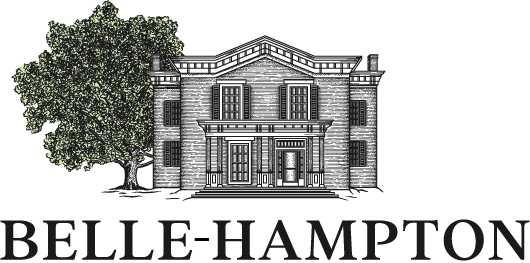Is the Client-Banking Relationship Evolving or Dissolving?
Significant changes happened over the years with the customer-bank relationships. The initial banking system developed by Alexander Hamilton had the purpose of paying for the Revolutionary war. By 1836, however, banks were motivated to get people’s money out of their mattress and introduced their version of a checking account. Although this system was proven to be a disaster with various “runs” on the bank over the years, it was the banks risky behavior leading to the crash of 1929 that cemented the mistrust of financial institutions. Once the government issued the FDIC (Federal Deposit Insurance Corporation), the consumer slowly became more confident in using banks to safeguard their money. Today with a declining 60% of their current patrons depending on banks as a primary financial institution, banks need to enhance customer understanding, innovate the customer experience and to build customer trust to keep competitive in today’s market.
How well do banks really know their customers? Back when I was young, we had a small community bank down the street from our family business. The president of the bank would be in a glass office greeting their cliental by name. They knew your family, where you went to school and what your college plans entailed since they were involved at every level. I remember walking the short distance as a child, maybe 6 or 7 years old, with our family business daily receipts to entrust them with the deposit. Their warm welcome, as I barely peered over the counter on my tip toes, instilled in me a comfort level with this bank. Ironically, after graduating from college, one of my consulting clients, First Chicago, gobbled up small banks like these. This vast institution, which dismantled the small banking structure, barely knew their employees much less its voluminous cliental. It was their purchase of Gary-Wheaton bank, which I assisted in merging their operations, that opened my eyes to the negative ramifications of the big bank system. How can they effectively meet their customer needs if they do not even know their cliental?
What are the needs of the customer and the client experience in banking today? Although the teller is still the front line to the customer, their responsibilities dwindled over the years. With the rise of ATMs, even the need for branches are questioned by senior bank executives. In recent years, having a bank app on your phone allows for deposits and transfers eliminating the need for a physical structure. And the decline of cash and check use might eventually make the ATMs obsolete. Although the customer expects an easier way to bank with these automated services, their number one requirement is a responsive customer service for a good experience which leads to client trust. How easy is it for you to reach your banker?
What is trust and how do banks develop it? Trust is defined as “a firm belief in the reliability, truth, ability, or strength of someone or something.” If you have seen the movie The Big Short or experienced the Great Recession personally with all of the short sales and foreclosures, you might have a trust issue for banks lending money. Although I am not a fan of big banks, here is where I take exception to the sole blame they endured. During the Great Recession, I managed a real estate office which consulted with lenders and clients to negotiate their way through the craziness of those times. Banks were instructed to lend to financially risky buyers with lower credit scores and the government would back the loans. Buyers then chose to purchase homes anticipating only appreciation down the road so they took out second mortgages to buy furniture or pay off other debt such as college loans and credit cards that had higher interest rates. These second mortgages were intended for investment in the home such as an addition, a finished a basement or a remodel thus eventually increasing the value. Once the market tanked, I saw people buying a second home at a drastically lower price then abandoning the first home with the bank to clean up the mess under foreclosure. Worse, I saw people leasing the first home, but not paying their mortgage risking the renters eviction notice from the bank. There was blame all around for this devastating period, but the banks took the brunt by losing trust.
With financial institutions lacking client understanding, needing to innovate the customer experience and developing trust, where should they begin? If a banker is to become a trusted advisor again, having the tools to generate a deeper understanding of their client is essential. Knowing their client’s life goals to tailor their services accordingly. Using technology to innovate, but to coincide with great customer service. To be that banker who is “one call” for the client to get all things done instead of multiple automated prompts. And to build trust by being transparent on products and services which are not just financial. What has been your experience with a banking advisor?

